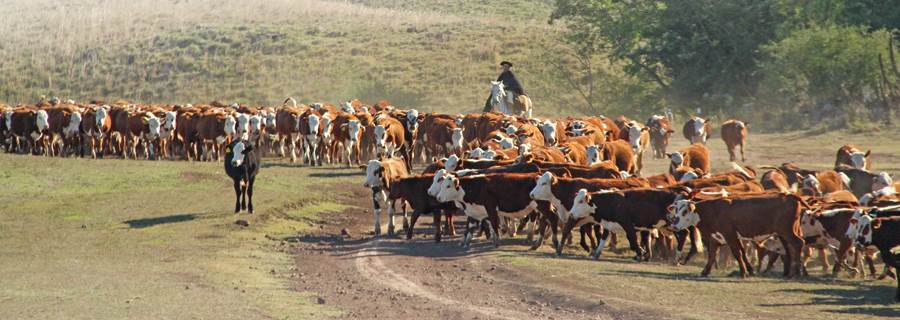The carbon footprint of leather
About this essay
We published the twelfth Nothing To Hide essay in its original form in World Leather, December 2015-January 2016. Even then, arguments over the best and fairest way to calculate the carbon footprint of leather had raged for a decade. But the essay attempted to cover the arguments in the greatest possible depth. The original essay leaned heavily on what Milan-based consultant Federico Brugnoli, whose work with and on behalf of the leather industry now dates back more than 20 years, had been saying on the subject at the time of publication. In this updated version, we summarise those arguments and give an account of the ongoing battles on carbon footprint. The leather industry has won some but not all of those battles.This essay tackles the following misrepresentations:
- MYTH: Leather has an extensive carbon footprint.
-
FACT: Tanners take a waste product from the meat industry and turn it into a highly versatile and deeply beautiful material.
- MYTH: Leather is best avoided because of cattle’s impact on the environment.
- FACT: Cows have an impact on the environment, although it is often exaggerated. Responsibility for almost all of the animals’ environmental footprint rests with the “determining products”, milk and meat.
Executive summary
In 2013, the European Commission agreed to fund a series of pilot projects to examine the environmental footprint of a range of consumer products, part of a wider initiative to define what makes a ‘green product’. The leather industry’s representative body in Europe, COTANCE, applied, with the backing of the global leather industry, to take part. These efforts seemed to have reached a successful conclusion in 2018, when the rules COTANCE had developed for calculating the environmental footprint of leather won official approval from the EU.
A clear definition of the environmental impact of a product and of its lifecycle should be a key market driver and calculating a product’s impact correctly should be a strategic element in global competition. However, working out how to calculate environmental impact or carbon footprint of products linked with livestock can be particularly difficult. Such product chains can be complex; a case in point is the cattle industry and leather.
Since 1990, most of the carbon footprint and lifecycle analysis studies that have been produced for leather have failed in defining clearly enough the role by-products play within the allocation of the whole environmental impact of the livestock and meat supply chains from which the raw material for leather comes.
In recent times, there has been more clarity around this thanks to proposals for a better ‘mass balance partition’ involving all the different by-products (from many different industries) that come from the bovine lifecycle. However, the problem of deciding and agreeing how best to allocate the shared environmental impact remains.
Several approaches to allocating the impacts of the different by-products are available. Some of these point clearly towards a 0% allocation for a hide until it reaches the abattoir; others even lend themselves to the idea that leather makes a positive environmental impact because it adds high value to waste. Unfortunately, the 2018 decision seems not to have delivered the acceptance the leather industry hoped for and these factors are still the subject of intense debate, both in academia and in industry.




